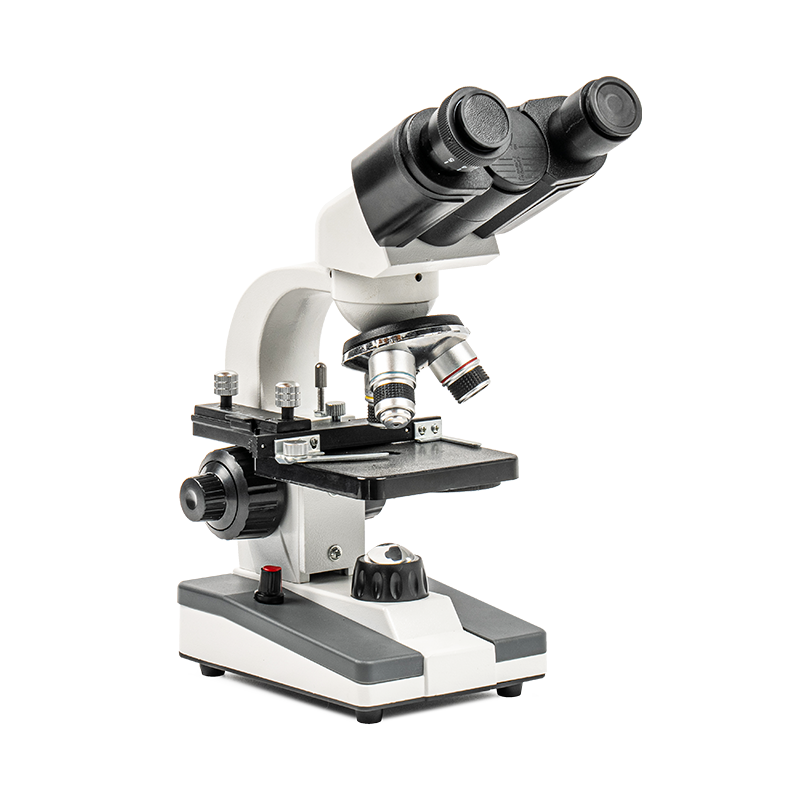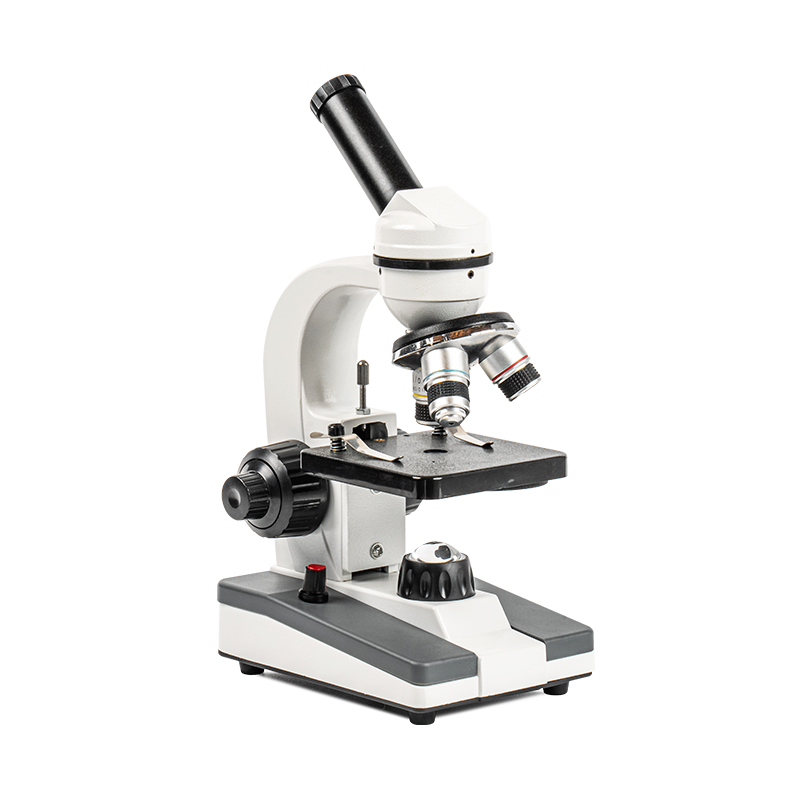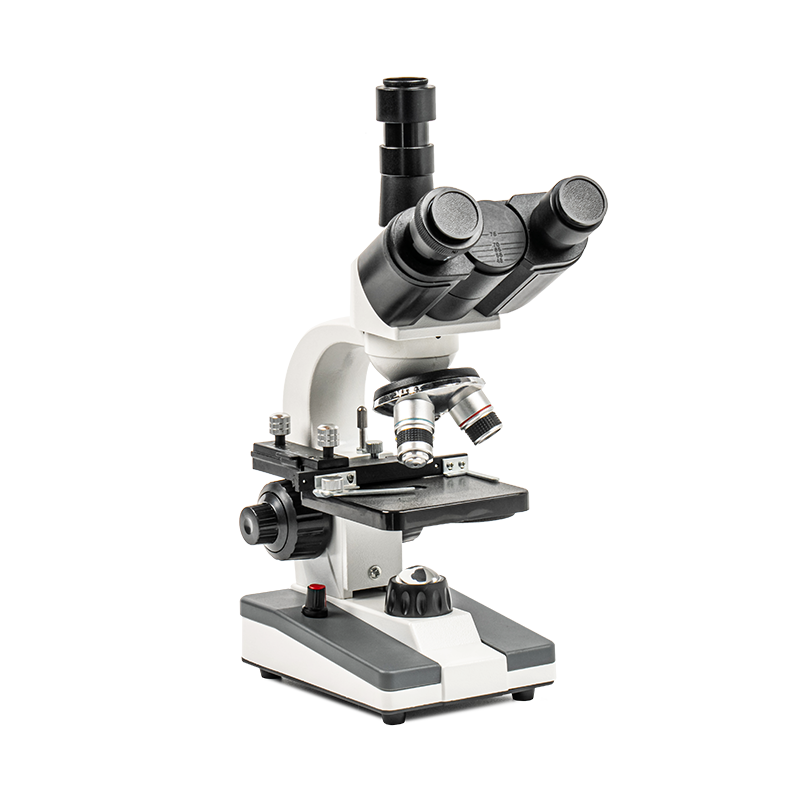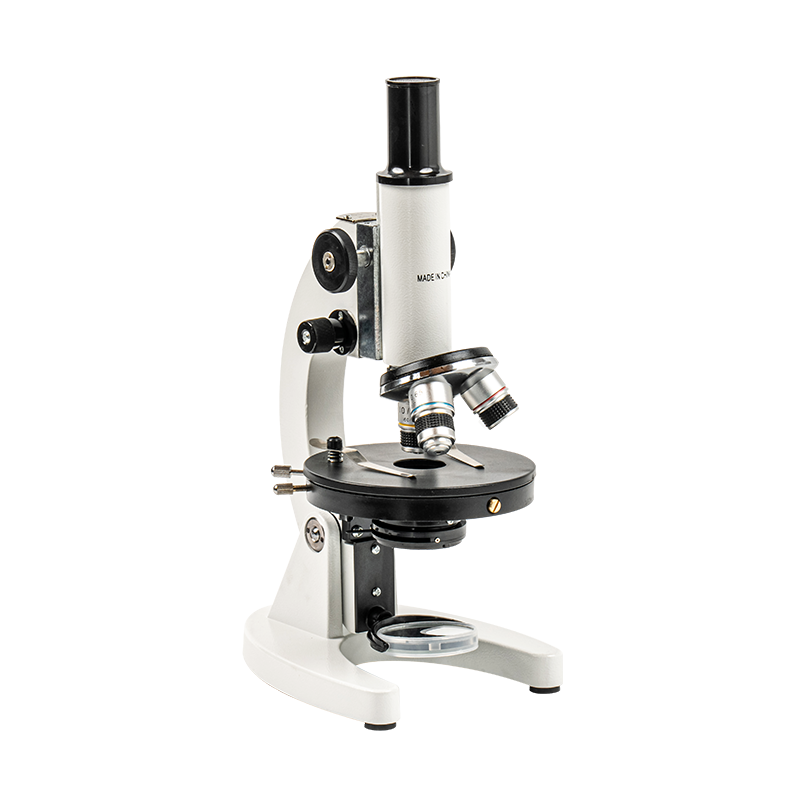As an important tool for scientific exploration, the microscope has become an indispensable teaching equipment in modern education. In particular, the student microscope not only helps children understand the mysteries of the microscopic world, but also builds a bridge from classroom knowledge to actual laboratory operations. With the change of educational concepts and the advancement of science and technology, microscopes have gradually moved from traditional laboratories to classrooms, families and various extracurricular activities, becoming an important tool for students to understand science and cultivate hands-on skills.
The microscope is not only an observation tool, but also an important medium for scientific learning. For young people, the microscope provides an opportunity to communicate with the microscopic world, enabling them to visualize the abstract knowledge in books and truly understand the principles of natural science learned in class. The structure of cells, the activities of microorganisms, the organization of plants and other contents, through the magnification of the microscope, instantly become vivid and concrete, greatly stimulating students' interest in exploration.
And this transformation from "classroom knowledge" to "experimental observation" is the unique advantage that student microscopes can bring. It can make up for the singleness and abstractness of knowledge in traditional classroom education, allowing students to cultivate active learning and exploration spirit in the process of personal observation. Therefore, the microscope is not only a supplement to the textbook content, but also plays the role of a "bridge" in scientific education, connecting theoretical learning and practical observation.
In the traditional teaching model, scientific experiments are mostly led by teachers, and students are usually the recipients of knowledge. However, the use of student microscopes breaks this limitation. It allows students to transform from "passive" learning in classroom teaching to "active" exploration, thereby stimulating students' innovative consciousness and autonomous learning ability.
Student microscopes are not only an observation tool, but also help students to conduct experiments, operate and record observation results in person, so that students can continuously accumulate experience in the experimental process. For example, in biology classes, students observe cell structures through microscopes, learn how to prepare samples and adjust focal length; in chemical experiments, students observe microscopic changes of different substances through microscopes to cultivate their experimental hands-on ability. Such operations not only enable students to deeply understand scientific principles, but also enhance their experimental skills.
The importance of microscopes is not only reflected in the deepening of textbook knowledge, but its more important role is to bring students from traditional classrooms into a laboratory-style exploration state. In scientific education, microscopes play the role of a bridge, building a channel between theoretical learning and practical operations.
Classroom teaching often focuses on imparting theoretical knowledge, while microscopes provide an opportunity to combine these theories with practical observations. Through microscopes, students can directly observe many details that are unimaginable in books. For example, the word "cell" in biology. After observing through a microscope, students can see the clear presentation of structures such as cell walls and cell nuclei. This process helps students visualize abstract concepts and deepen their understanding of knowledge. Student microscopes also help students move from theoretical learning to practical laboratory operations. For example, children can make microscope slices, prepare experimental samples, and conduct experimental observations by themselves. This "hands-on" process can enable students to deeply understand classroom knowledge and even inspire them to explore new scientific problems.
In traditional classroom education, many knowledge points are imparted to students through teacher explanations, video presentations, etc., and students' learning is often one-way and passive. However, the introduction of microscopes has changed this teaching model and has become an important tool for students to actively participate in interactive learning. Through microscopes, students are not only passively accepting knowledge, but also actively exploring and practicing. This interactivity and sense of participation have greatly enhanced students' interest in learning and made them more willing to devote themselves to scientific learning. Student microscopes are usually designed to facilitate adjustment and observation, and are more flexible to use. Students can choose the objects to observe according to their interests and needs. This process of independent selection makes learning more personalized and diversified.
Another important function of student microscopes is that it is not only an extension of classroom teaching, but also can expand the scope of students' laboratory exploration. In school laboratories, students usually need to conduct experiments under the guidance of teachers, but through microscopes, students can explore and experiment more freely. For example, students can collect samples themselves outside of class, observe the characteristics of different substances through microscopes after returning home, record their observations, and even raise new questions. This way of autonomous learning and independent thinking opens up a broader world of scientific exploration for students.

 English
English Español
Español عربى
عربى 中文简体
中文简体









